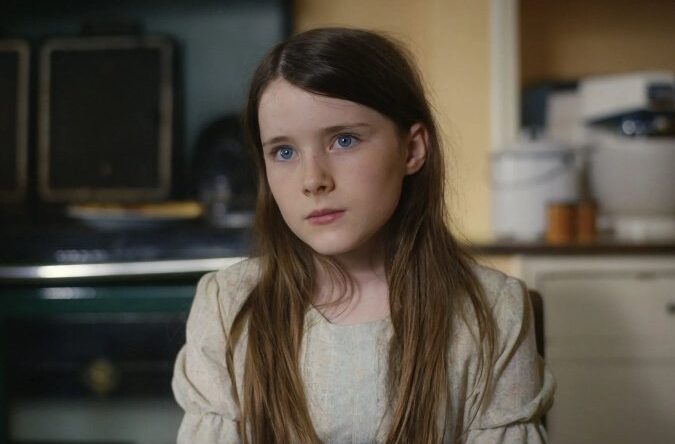
The Quiet Girl director Colm Bairéad grew up speaking Irish with his father. Now, he’s helping to preserve and share the Irish language with the world through cinema.
Based on the short story “Foster,” written by Irish author Claire Keegan and originally published in The New Yorker in 2010, The Quiet Girl (An Cailín Ciúin) follows Cáit (Catherine Clinch), a shy young girl who is rescued from her dysfunctional family for the summer by a pair of foster parents. They teach her how to tend to a dairy farm, and what it means to be truly loved. But even in a house where there are supposed to be no secrets, Cáit discovers one.
The Quiet Girl was released last May in Ireland and was nominated for Best International Feature at the 95th Oscars alongside Close, EO, Argentina 1985, and All Quiet on the Western Front, the latter of which took home the statue on Sunday.
MovieMaker spoke to Bairéad in October when The Quiet Girl screened at the Newport Beach Film Festival.
What inspired The Quiet Girl
“I was born in Dublin, but I was raised bilingually, so my dad has never spoken English to me. He just speaks Irish all the time, and my mom spoke English. So it was similar to Cáit’s household — it was a bilingual existence,” Colm Bairéad told MovieMaker.
“I was actively looking for material that I could adapt to make it work in an Irish-language setting. And because this story actually takes place on two farms, it was perfect material because the Irish language is only spoken as an everyday working language in rural areas in small pockets around the country where that is the case,” he added. “It did feel like a sort of a natural evolution, I think, for me in terms of my own personal connections to the language and the fact that I’ve made all of my drama work up to this point in the Irish language.”
The Quiet Girl is a gorgeously shot, touching story that’s well deserving of the distinction, and one that’s likely to leave you in tears at its conclusion.
And although it is set in 1981, The Quiet Girl looks as if it could have taken place a couple of decades earlier.
“That’s another feature of rural Ireland going back — it was always, like, 15 years behind whatever year it was,” Bairéad said after the screening. “If you’re in Ireland in 1981 in a farmhouse, then the interior of the farmhouse is probably from the ’60s, and the car is probably from the early ’70s.”
The film also harkens back to a time in Irish culture when it was relatively common for struggling families with many children to send one off to temporarily live with another family.
“It was a practice, though, at the time and going back for centuries, really, this notion of kids being sent off to live, oftentimes, with other relatives if there were too many kids in the house sometimes. Like if a parent died, particularly if a mother died, the children would often be sent off to live with aunts or whatever, so it was a very common thing,” Bairéad said. “That’s certainly the reason that it’s set in our past, and that’s not something that happens anymore. I think children are valued in a different way now.”
Main Image: Catherine Clinch in The Quiet Girl courtesy of Newport Beach Film Festival.
Share:
